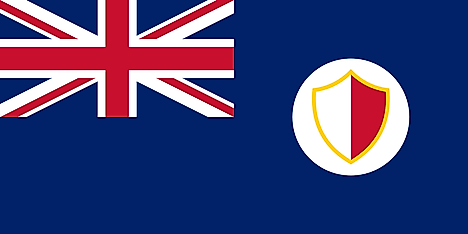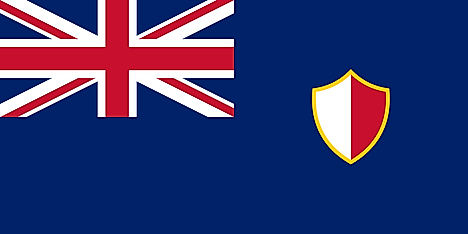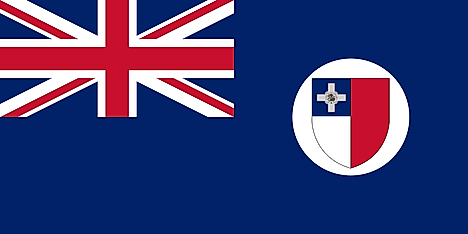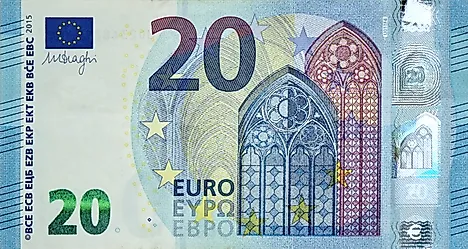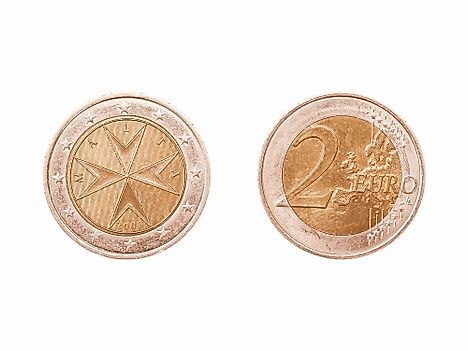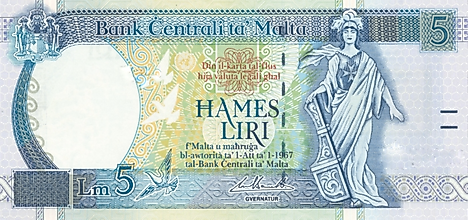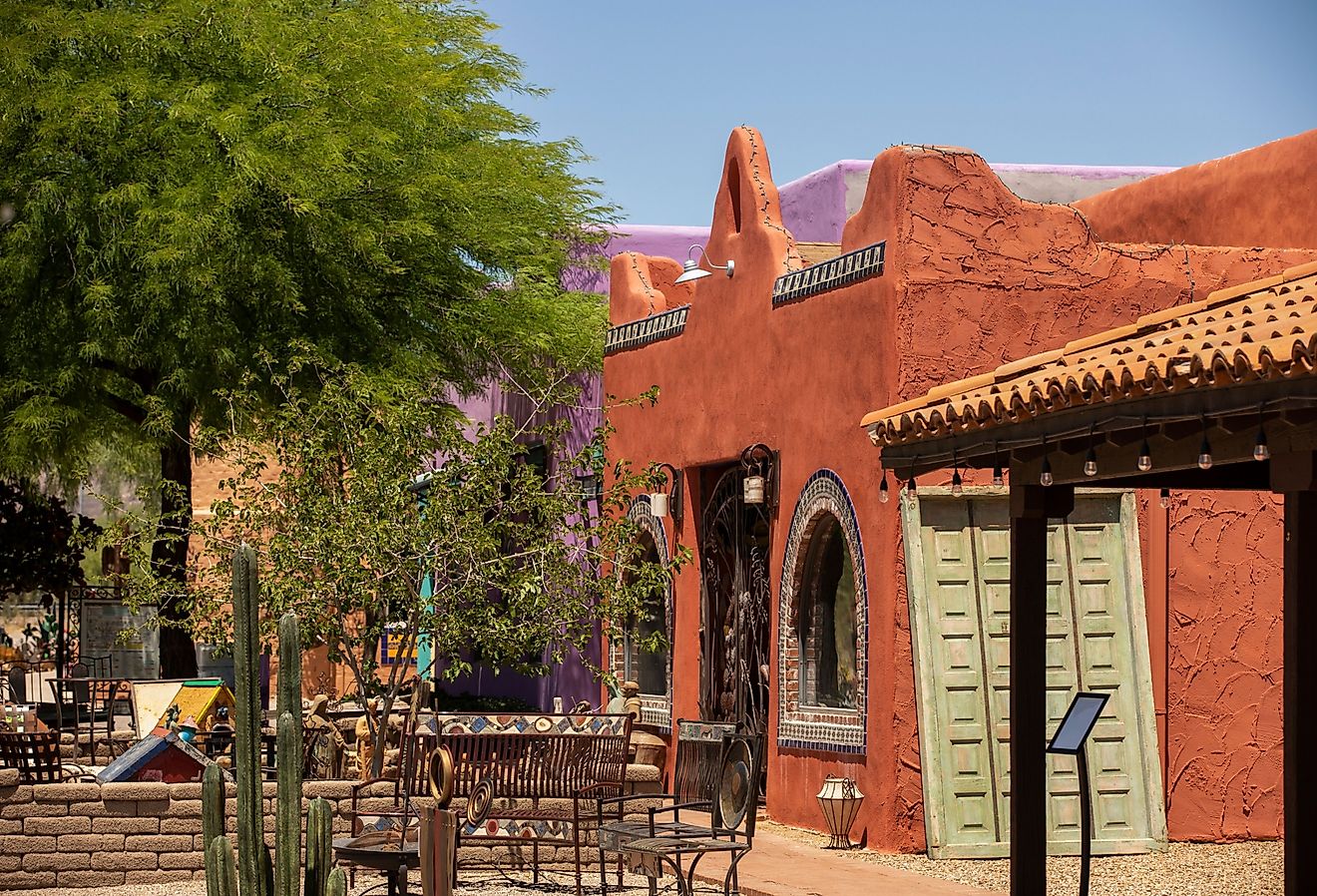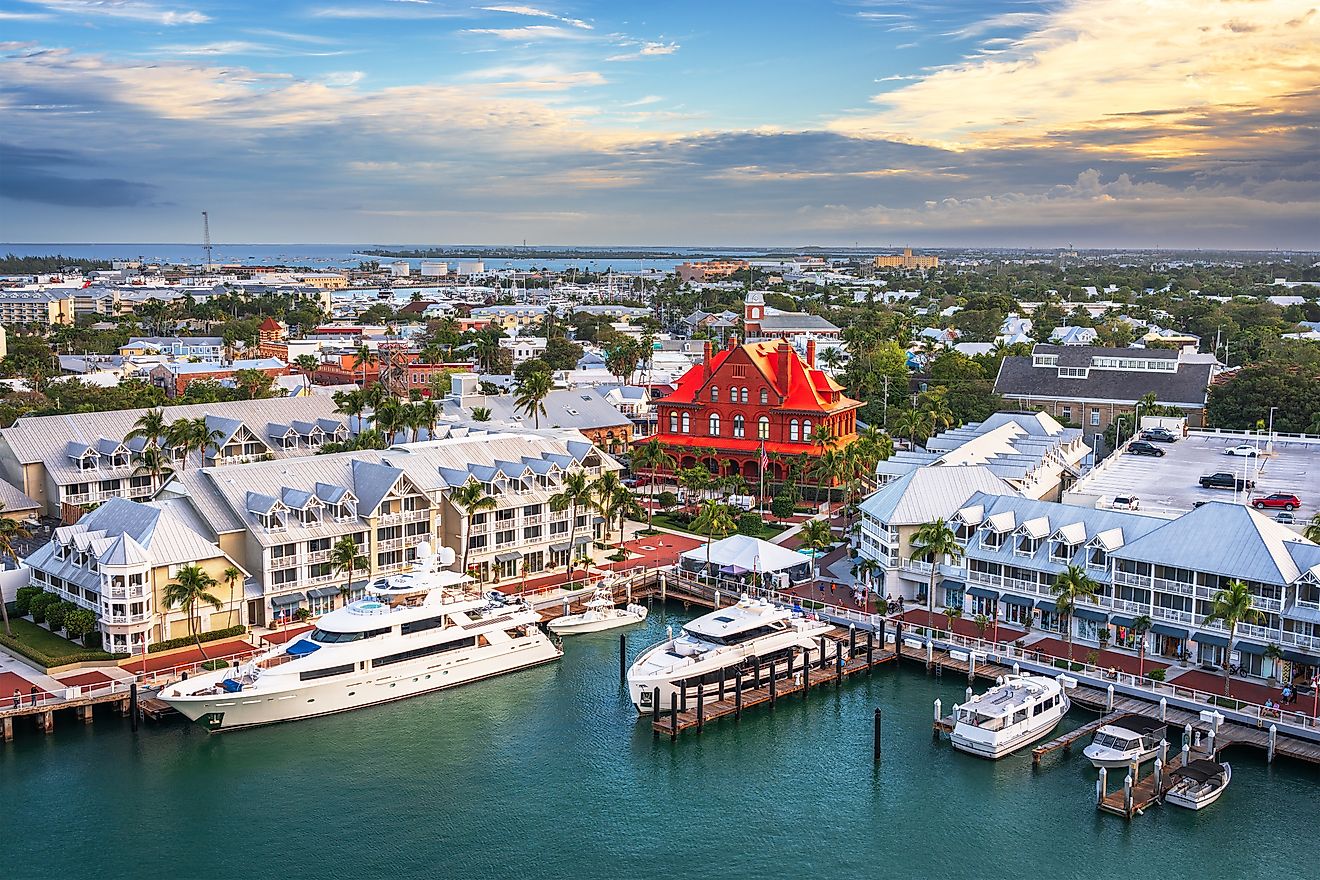Flags, Symbols, & Currencies of Malta
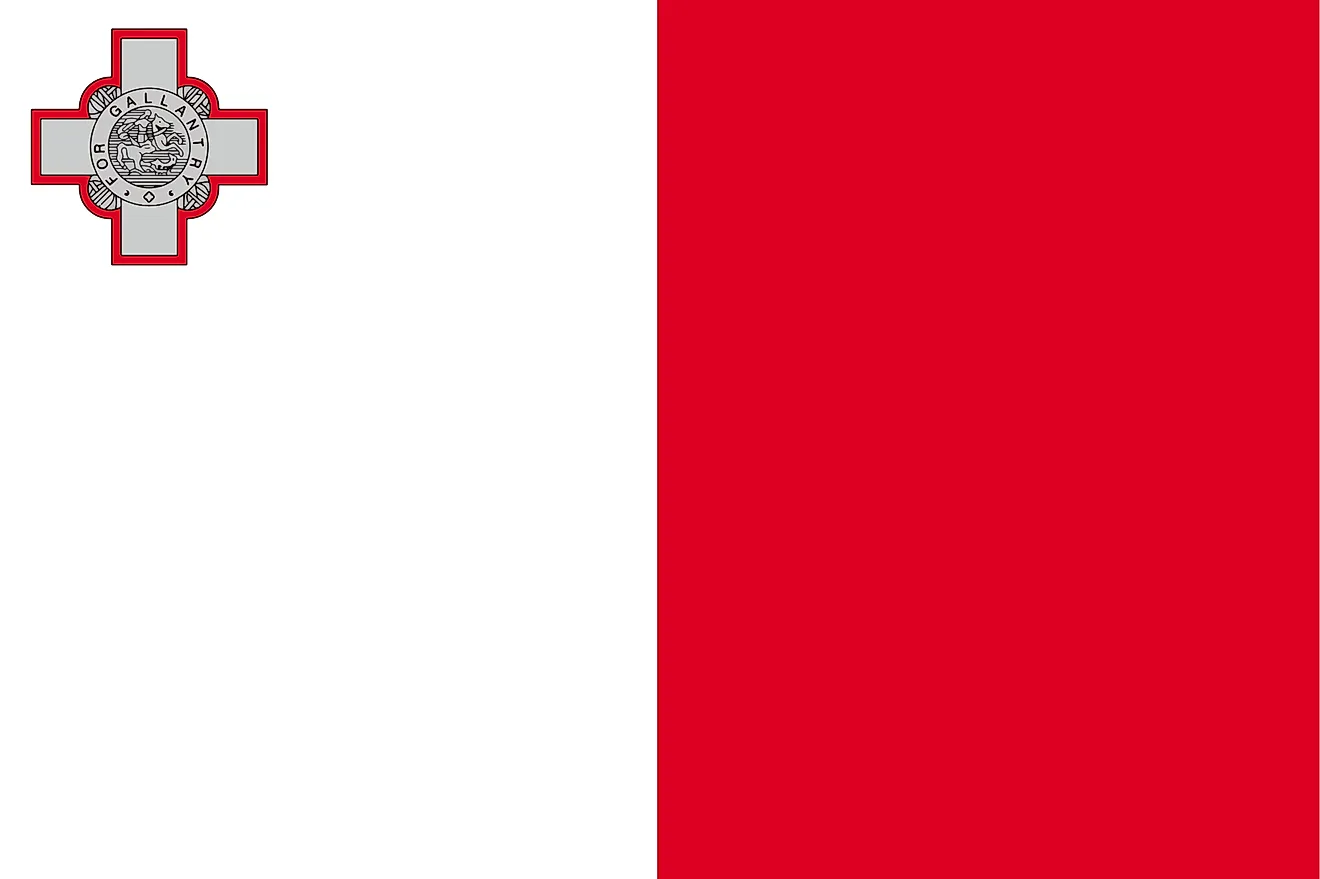
The Malta flag was officially adopted on September 21, 1964. The flag of this island nation uses the traditional red and white colors of the Knights of Malta. The George Cross (upper left), outlined in red, was added to the flag in the 1940s, as King George VI of Britain presented it to islanders for outstanding gallantry during World War II. The flag of Malta is a bicolor flag with two vertical bands equal in size: white (left) and red (right). The white band features the George Cross with red edges on the upper hoist-side corner. The national flag has a height to length proportion of 2:3.
According to legend, the colors of Malta’s flag were originally given to the country by Roger I of Sicily in 1090. When his fleet of ships landed in Malta after a successful conquest of Sicily, the Christians living on the island of Malta offered to help Roger I fight the Arabs. In recognition of this help, Roger I tore a part of his chequered red-and-white flag and gifted it to the locals as a sign of gratitude. However, scholars claim the story is simply a 19th-century myth. The Maltese colors were possibly derived from the flag of the Knights of Malta, which featured a red field with a white cross. The George Cross featured on the flag is the second highest award in United Kingdom honors system.
History of Malta's Flag
During British rule in Malta, the colonial flag of the Crown Colony of Malta was used, which featured the Union Jack in the canton. A new flag was used in Malta between 1943 and 1964, which was similar to the current flag but included a canton that was blue in color and featured the George Cross inside it. However, this flag was used unofficially. Another design change occurred on September 21, 1964, which removed the blue canton but maintained the George Cross in the upper left corner. The intention was to make the cross appear less prominent since it was a reminder of the country’s colonial past.
Symbols of Malta
National Coat of Arms of Malta

Malta's coat of arms was adopted in 1988 to replace the old arms that featured the coastal scene with a boat and rising sun. The arms is composed of a shield displaying the national flag, and surrounded by an olive and palm branch (both symbolizing peace). Above the shield rests a golden crown containing a port with five turrets depicting Malta's forts. Below the shield is a white ribbon displaying the text, "Repubblika ta' Malta." ("Republic of Malta").
National Anthem
- Anthem Title: "L-Innu Malti" (The Maltese Anthem)
- Music composer: Robert Samut
- Lyricist: Dun Karm Psaila
- Date of Adoption: 1964
"L-Innu Malti" (The Maltese Anthem) was declared the national anthem of Malta on February 22, 194i and officially recognized by the constitution in 1964. From mid 19th century to early 1900s, many Maltese felt they needed an anthem as part of their national awakening. In 1922, Robert Sammut composed a short melody, which was obtained by Dr. Laferia a year later. Dr. Laferia was a primary school director in Malta and needed an anthem that students could easily sing. Thus, he requested Dun Karm Psaila to come up with lyrics that could fit Samut's melody. Dun's hymn was sung for the first time in public on December 217, 1922. On March 25, 1945, the anthem was sung publicly alongside the anthem of Yugoslavia and Great Britain
L-Innu Malti
Lil din l-art ħelwa, l-Omm li tatna isimha,
Ħares, Mulej, kif dejjem Int ħarist:
Ftakar li lilha bil-oħla dawl libbist.
Agħti, kbir Alla, id-dehen lil min jaħkimha,
Rodd il-ħniena lis-sid, saħħa 'l-ħaddiem:
Seddaq il-għaqda fil-Maltin u s-sliem.
The Maltese Anthem
Guard her, O Lord, as ever Thou hast guarded!
This Motherland so dear whose name we bear!
Keep her in mind, whom Thou hast made so fair!
May he who rules, for wisdom be regarded!
In master mercy, strength in man increase!
Confirm us all, in unity and peace!
The Currency of Malta is the Euro
In 2008, Malta joined the European Union. The Economic and Monetary Union of the European Union required its members to adopt the Euro as the official currency. In January 2008, the Central Bank of Malta began minting and distributing the Euro. It called for the conversion of the Lira at a fixed exchange rate of 0.429300:1. Maltese Lira coins were converted at all credit institutions up to February 2010, while notes continue to be exchanged with the last ones to be done in 2018.
Coins and Banknotes
Just like any other European Union country, the coins are minted in different designs. The Monnaie de Paris, which mints the Maltese Euro coins, has three different designs that were chosen through two rounds of public opinion in 2009. Three distinct designs comprise of the Mnajdra megalithic temples printed on the €0.01, €0.02, and €0.05 coins, Malta Coat of Arms printed on the €0.10, €0.20, and the €0.50 cents coins and the George Cross printed on the €1.00 and the €2.00 coins.
Historical Currencies of Malta
The pound was a widely used currency in the 19th century in Malta having been introduced to replace the coinage situation of the Knights of St John. The pound was changed at the rate of 12 to 1 scudi. Until 1972, the pound was the legal tender and was subdivided into 20 shillings, each worth 12 pence and 4 farthings. In 1825, the Maltese Lira was introduced to replace the pound by the Government of Malta. The first lira currency was issued in 1972 in the form of banknotes printed in English. In 1973, the Central Bank of Malta took over the mandate of printing the banknotes. The notes were printed in Maltese on the obverse and English on the reverse and were in the denominations of 1, 5 and 10 liri. In 1986, the second banknotes were issued with the coins replacing the 1 note liri and 2 and 20 liri notes introduced. The new banknotes were printed between 1973 and 1989 in different series. The 2nd and 3rd series banknotes comprised of the 1, 5, and 10 Maltese pounds denominations while the 4th and 5th series comprised of the 2, 5, 10, and 20 Lira denominations.
